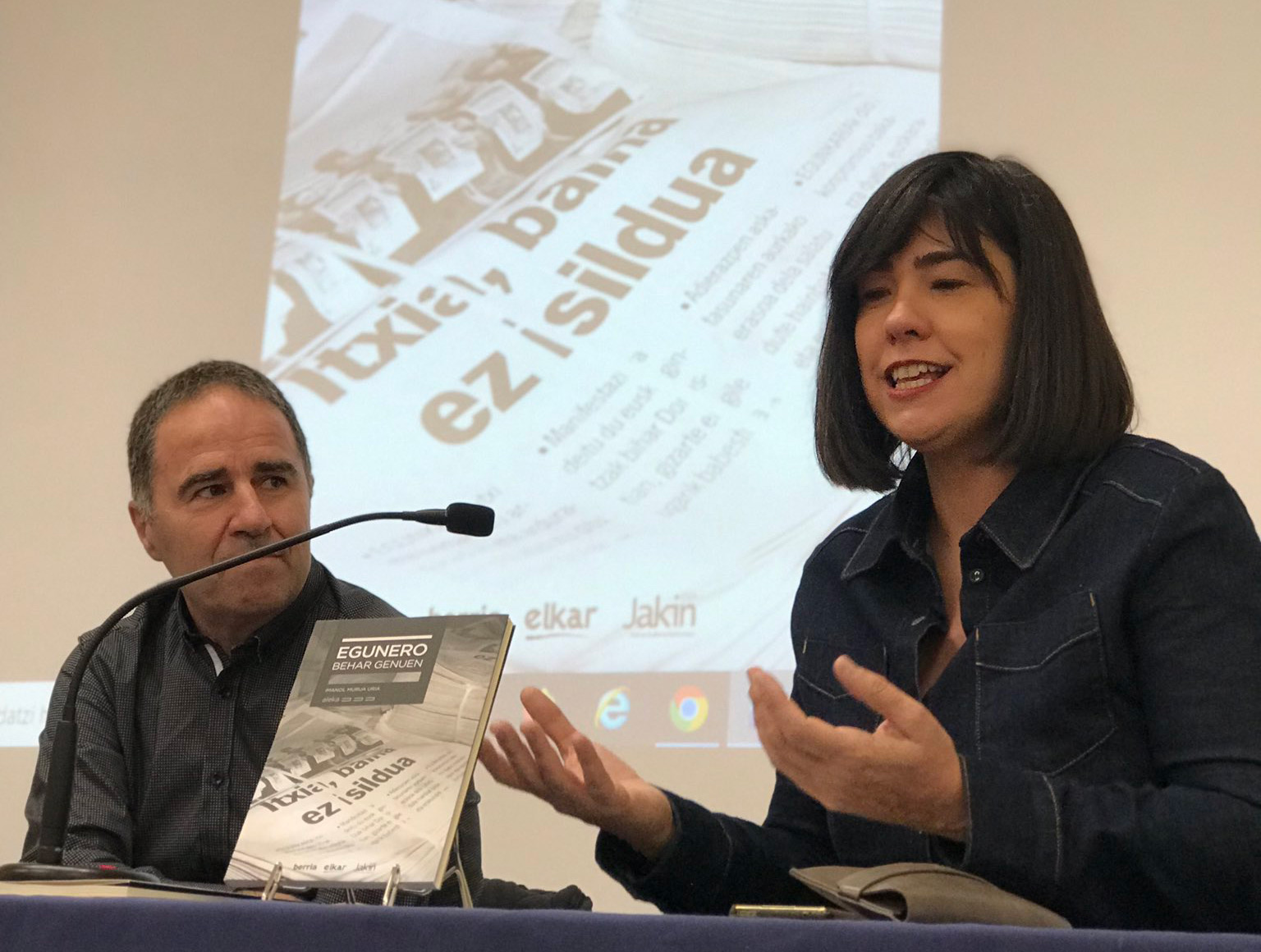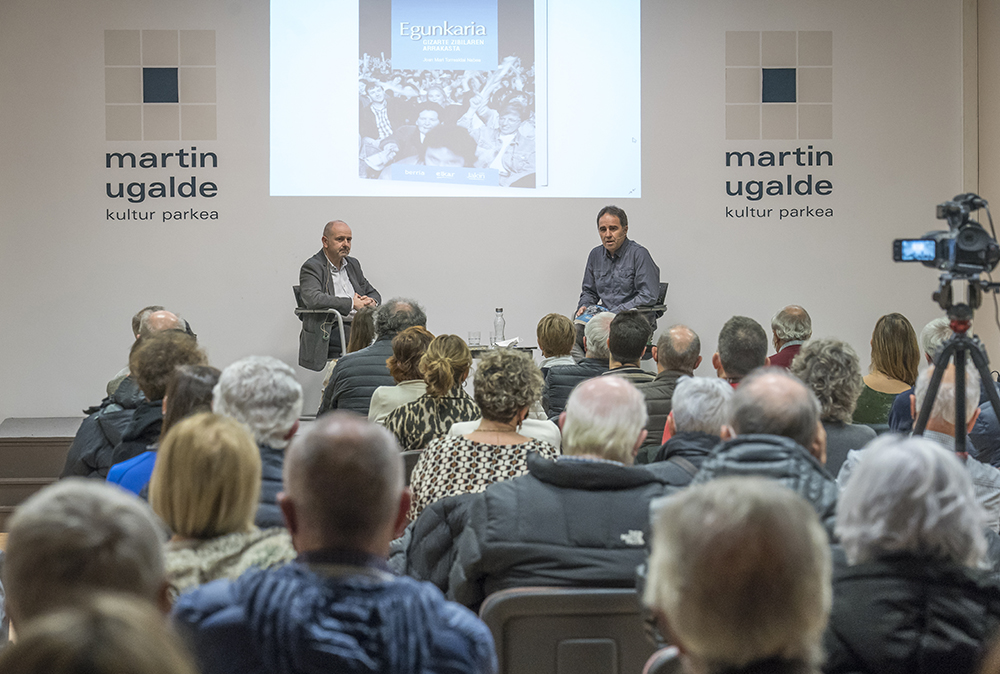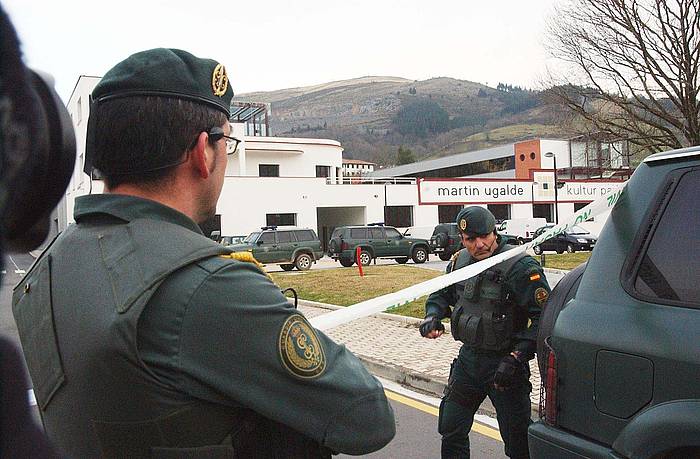Today is 20 years since the closure of the 'Euskaldunon Egunkaria'
- On February 20, it is 20 years since the forced closure of the Euskaldunon Egunkaria Civil Guard, by order of the judge of the National Court Juan del Olmo. “You have closed the newspaper in Basque but we are here”: so the workers answered, publishing it every day the next day. At four months Berria was created.

During the 2003 operation, ten people were arrested and held incommunicado for five days. Those days were tortured. The next day, the workers managed to leave every day, and two days, the most massive demonstration in history in Donostia against the closure. In 2010 the acquittal ruling comes and in 2014 the economic issue closes.
10 pax
On Thursday, 20 February 2003, the police operation against Egunkaria began. The civil guards entered the headquarters of Andoain, Bilbao, San Sebastian, Vitoria and Pamplona, among others. At the same time, they entered the houses of Egunkaria and the ten persons holding positions of responsibility in the company that created it and were arrested by the anti-terrorist law: Joan Mari Torrealdai, Iñaki Uria, Txema Auzmendi, Martxelo Otamendi, Pello Zubiria, Realxabier Oleaga, Xabier Lazer. "The nightmare just started," Berria journalist Jon Ordoñez Garmendia wrote in a report on the closure.
'We needed it every day'
The Basque Journal lasted twelve years and four months later Berria took his witness. Provisional Egunkaria was published in the interim four months. Last week author Imanol Murua Uria, journalist of Euskaldunon Egunkaria, Eguna and Berria, and editor Martin Anso remembered that it was a "precarious and not normal newspaper". The first two worked in 2003 when the civil guards invaded Andoain headquarters and arrested several people. They remember that the workers of the newspaper came together and everyone was clear that the next day they were going to publish something. That was the beginning of Egunkaria and lasted four months until Berria was created.
In the response after the newspaper closed, “Every day was the key,” they explained in the presentation. “We told the National Audience of Spain and the Civil Guard: ‘You have closed the newspaper in Basque but we are here’. They stress the importance of the interim newspaper, because it was a link: “We managed to ensure that the Basque newspaper was not interrupted”. However, they were aware that the newspaper was precarious and not standardized because “it was hardly possible to make a normal newspaper in that situation”, said Anso.
Lasa said that Egunkaria is the “symbol of resilience” of Basque journalism. Murua adds that in his publication they had three elements: adhesion, solidarity and anger. Hence came the “best-selling Basque newspaper ever”. They explain that the support of the people gave them a great boost and will not forget, among other things, the massive demonstration held in Donostia.


















